Hunting wolves in the laboratory
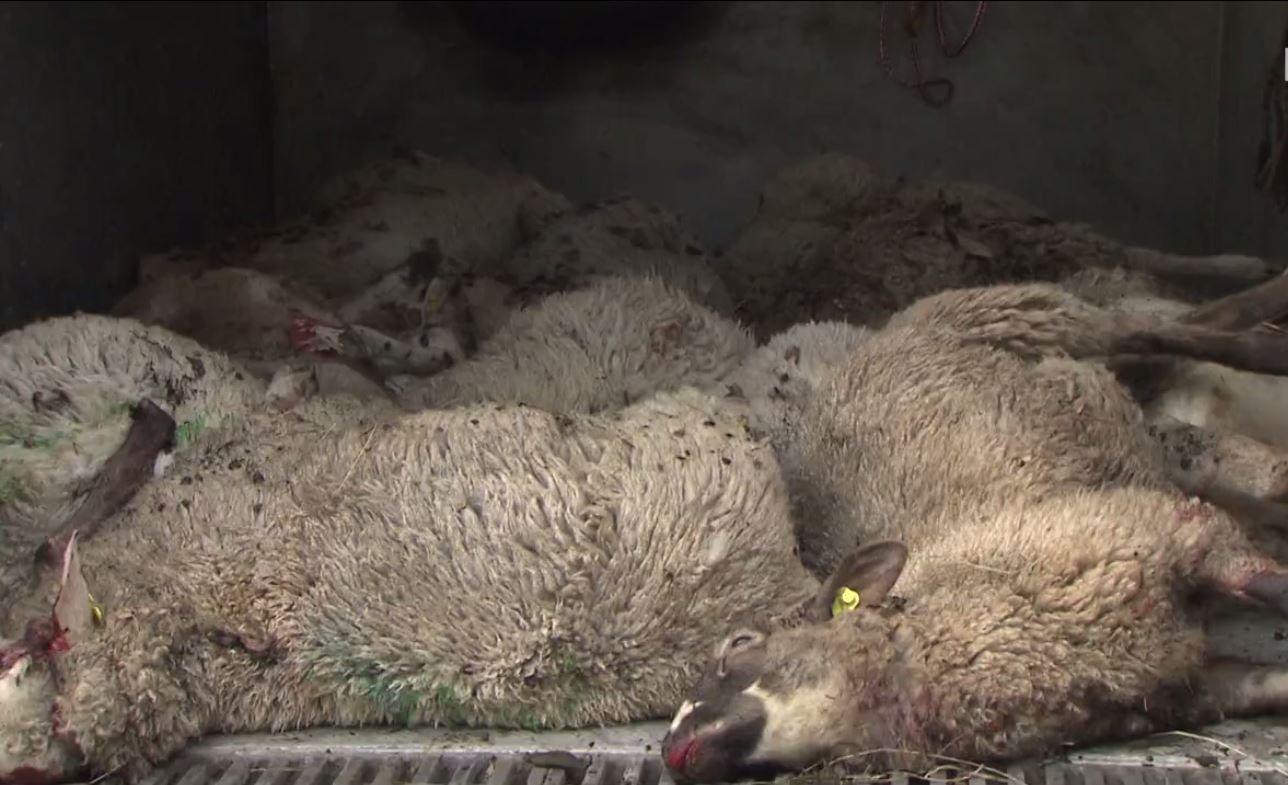
Wolves returned to Switzerland more than 20 years ago, but the debate about their presence doesn’t show the slightest sign of abating among politicians or the media. While talking about these animals is easy, it’s much harder working out their movements and exact numbers.
Observing wolves is difficult, capturing them almost impossible. The study of how their populations evolve is based on the genetic analysis of the traces they leave behind, for example hair, excrement and saliva.
This is the far-from-simple task that Luca Fumagalli, director of the Laboratory for Conservation BiologyExternal link at the University of Lausanne, has been carrying out for the past 15 years on behalf of the Federal Office for the EnvironmentExternal link.
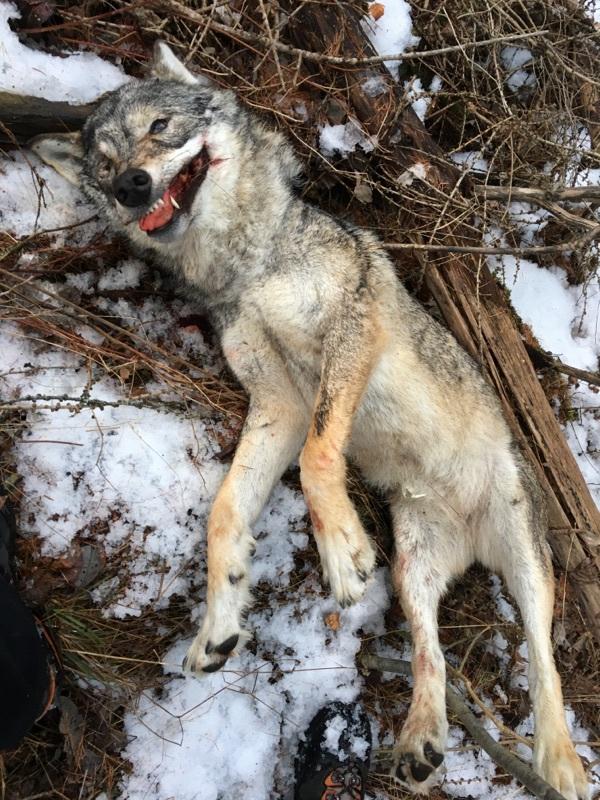
More
Wolf shot illegally in Valais – CHF10,000 reward for info
Every week, KORAExternal link, an organisation for carnivore ecology and wildlife management based in canton Bern, sends samples it has collected to the university laboratory. The first question Fumagalli and his assistants ask themselves is: Does the DNA in the samples belong to a wolf?
If the answer is yes, further analyses are carried out to establish whether they are dealing with a previously identified individual. The results are then sent to the environment office and the cantons, which make use of them as necessary.
The data enable the scientists to estimate the minimum number of wolves on Swiss soil according to region.
Challenges
There are plenty of challenges. First of all, wolves are very mobile, moving quickly through the Alpine area. What’s more, there’s no guarantee that an animal leaves any DNA or that this DNA can be found, for example on prey.
Second, the sampling is not carried out comprehensively across the entire country. Most of the material analysed in Lausanne is collected following attacks on herds or flocks. Wolves that feed exclusively on their natural prey, such as deer, are rarely sampled.
Finally, the analysis is complex and its success – especially when establishing an individual genetic profile – depends on the quality of the DNA found.
Of the scat received, 40%-45% is attributed to wolves. Of this, only around 60% can be traced back to specific individuals.
So far, the laboratory has identified more than 90 different wolves that have passed through Switzerland.
International collaboration
Fumagalli is in contact with laboratories in France and Italy that carry out the same work. However, the material and methods of analysis vary, and it is difficult comparing results to find out whether a specific wolf has already been identified in other centres.
“For reasons of politics, economics, time and will, we haven’t been able to agree on laboratory protocols to use,” Fumagalli says regretfully.
“After all this time, we would have really interesting data that would enable us to push the research a bit further.”
Italian origins
Wolves disappeared across western Europe during the course of the 19th and 20th centuries. But not everywhere: small residual populations have survived in Italy, for example, in the Apennine Mountains.
From there they began to increase their numbers in the 1970s. This natural recolonisation saw the first wolves arrive in the French Alps at the end of the 1980s and in Switzerland in the mid-1990s.
Wolves are currently present across all of the Alps, but they all possess the genetic variant typical for wild Italian populations, a testimony to their origin.
(Translated from Italian by Thomas Stephens)

In compliance with the JTI standards
More: SWI swissinfo.ch certified by the Journalism Trust Initiative
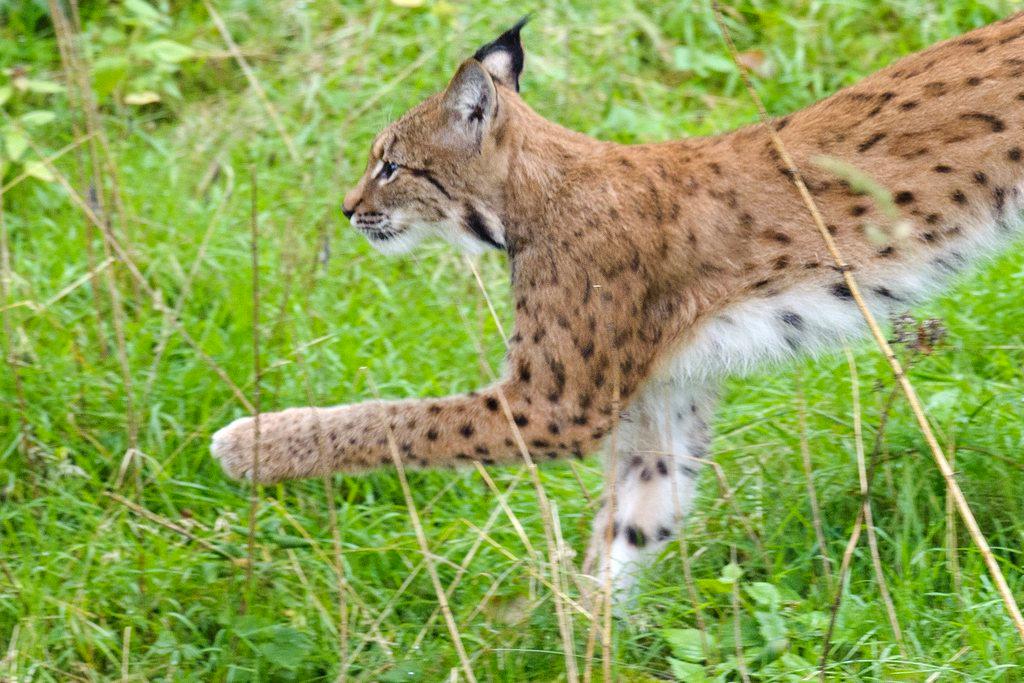
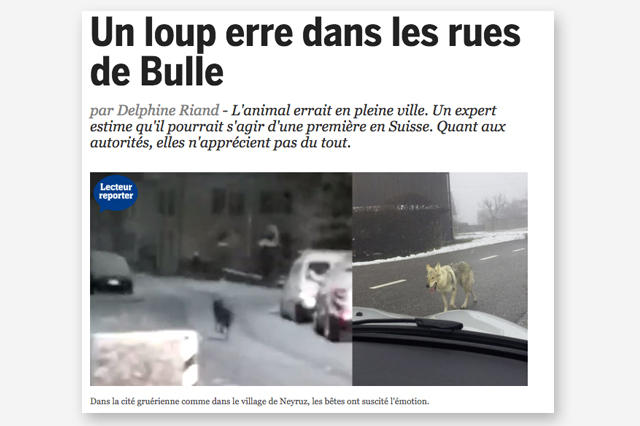
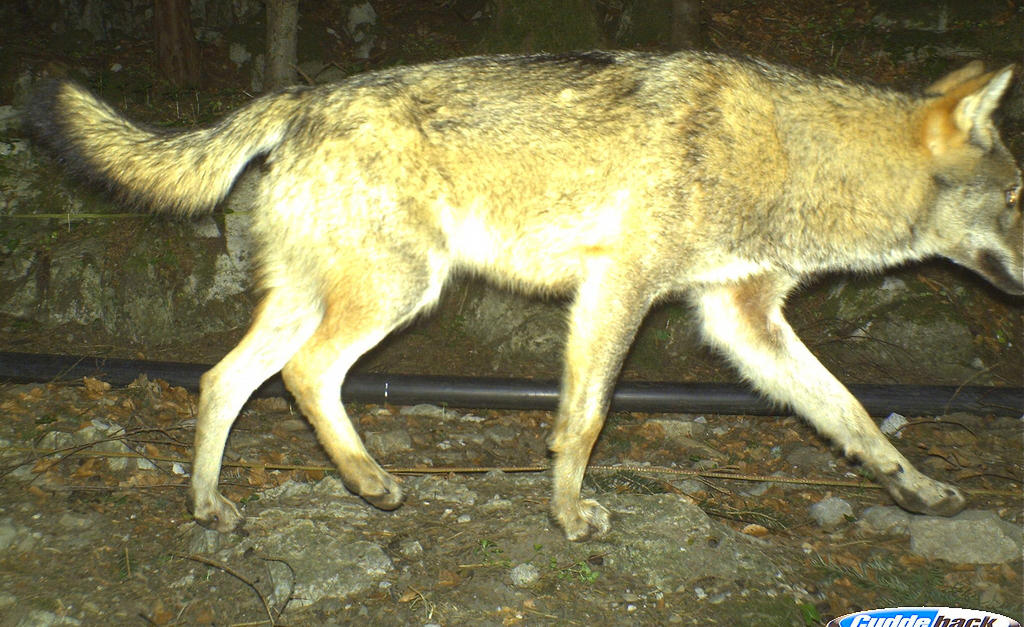
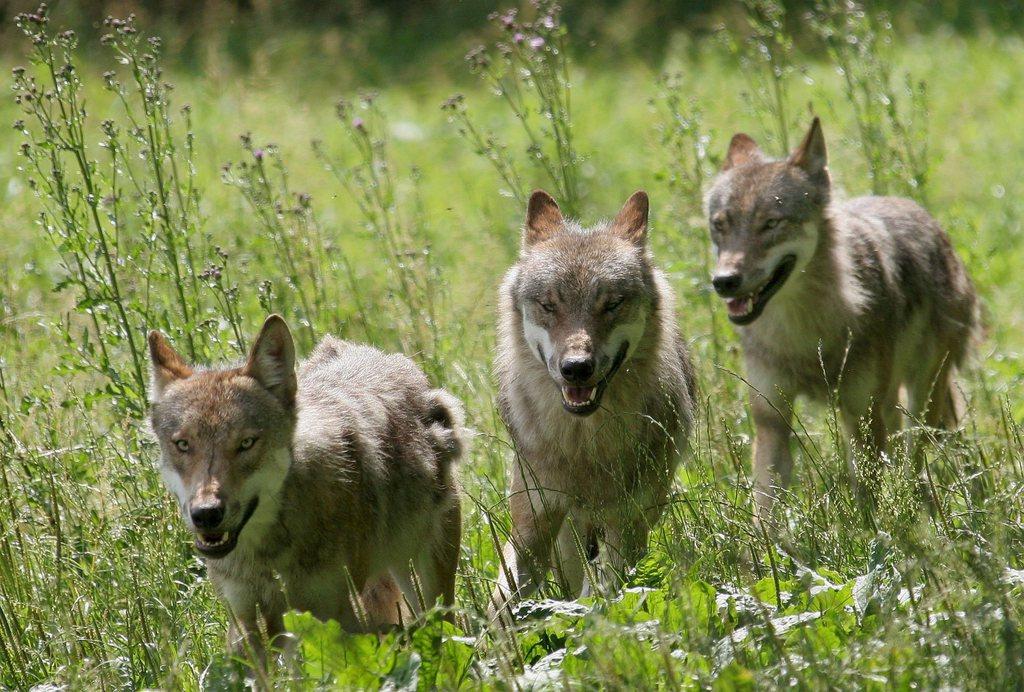

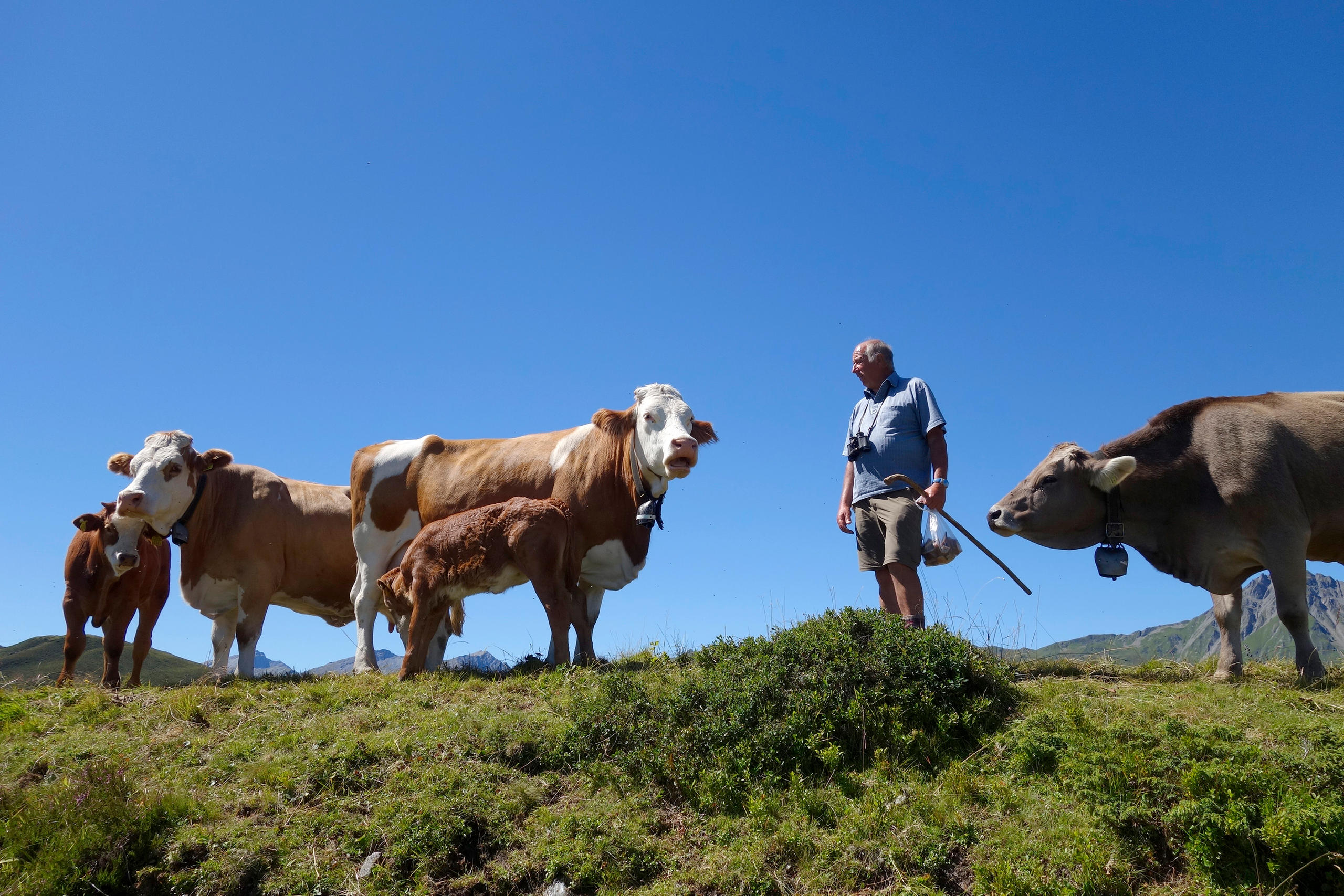
You can find an overview of ongoing debates with our journalists here. Please join us!
If you want to start a conversation about a topic raised in this article or want to report factual errors, email us at english@swissinfo.ch.